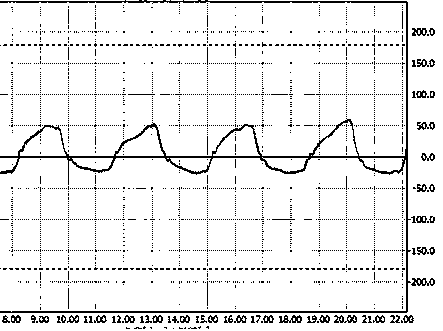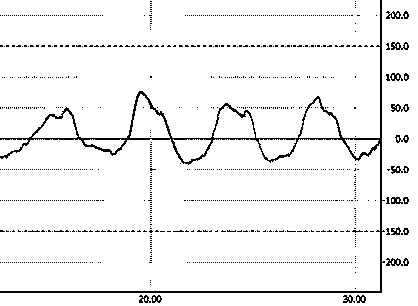Forensic method for identifying camouflage acroparalysis
A limb and forensic technology, applied in the field of identification of camouflaged limb paralysis, can solve problems such as camouflage and non-cooperation, and achieve the effect of improving scientificity and credibility
- Summary
- Abstract
- Description
- Claims
- Application Information
AI Technical Summary
Problems solved by technology
Method used
Image
Examples
Embodiment 1
[0033] 1 Materials and methods
[0034] 1.1 General Information
[0035] From September 2012 to March 2014, a total of 185 subjects were divided into camouflage group and injury group. Among them, 128 members of the sham group were healthy adults with no history of fracture, dislocation, nerve injury, etc. in both lower limbs. There were 72 males and 56 females, aged 18-48 years, with an average age of 27.4 years; 57 members of the injury group were all Volunteers who had fractures or nerve injuries on one side of the lower extremity, the injury site was close to the knee joint, there were 31 males and 26 females, aged 21-49 years, with an average of 32.9 years old. Both groups of subjects underwent bilateral isokinetic muscle strength testing.
[0036] 1.2 Detection indicators
[0037] The main detection indicators include peak torque (peak torque, PT), peak torque angle (peak torque angle, PTA), torque-time graph (torque-time graph).
[0038] PT is the peak torque, which...
PUM
 Login to View More
Login to View More Abstract
Description
Claims
Application Information
 Login to View More
Login to View More - R&D
- Intellectual Property
- Life Sciences
- Materials
- Tech Scout
- Unparalleled Data Quality
- Higher Quality Content
- 60% Fewer Hallucinations
Browse by: Latest US Patents, China's latest patents, Technical Efficacy Thesaurus, Application Domain, Technology Topic, Popular Technical Reports.
© 2025 PatSnap. All rights reserved.Legal|Privacy policy|Modern Slavery Act Transparency Statement|Sitemap|About US| Contact US: help@patsnap.com



